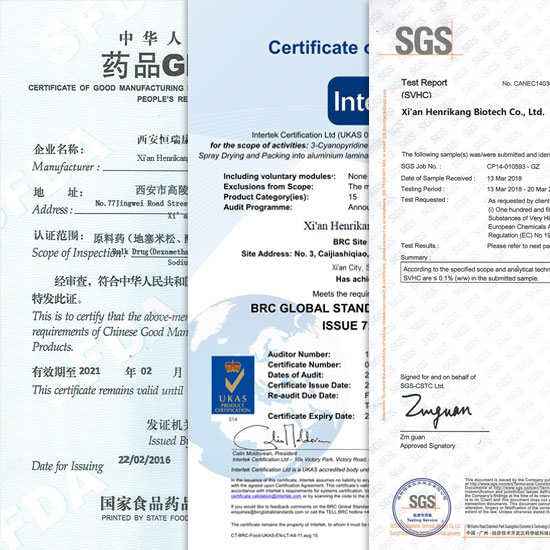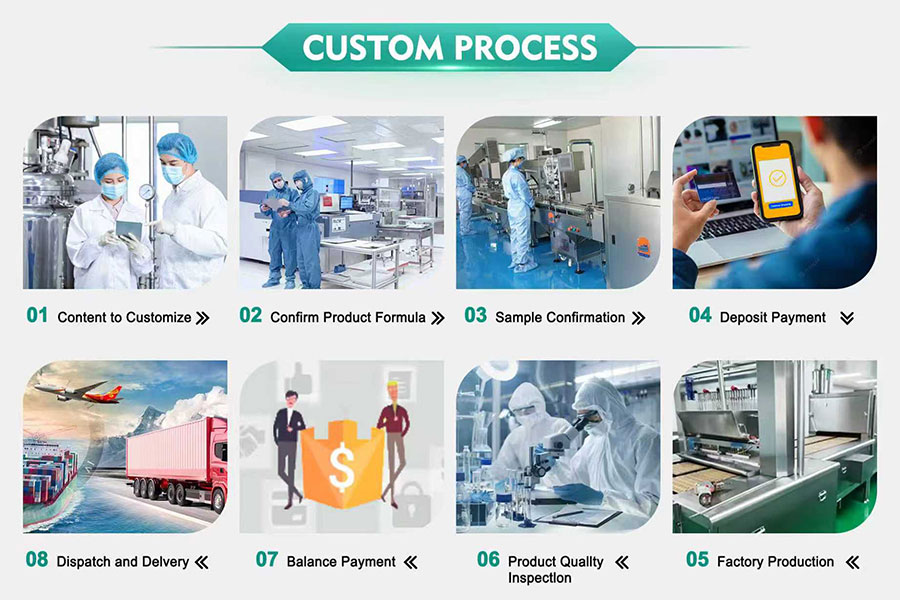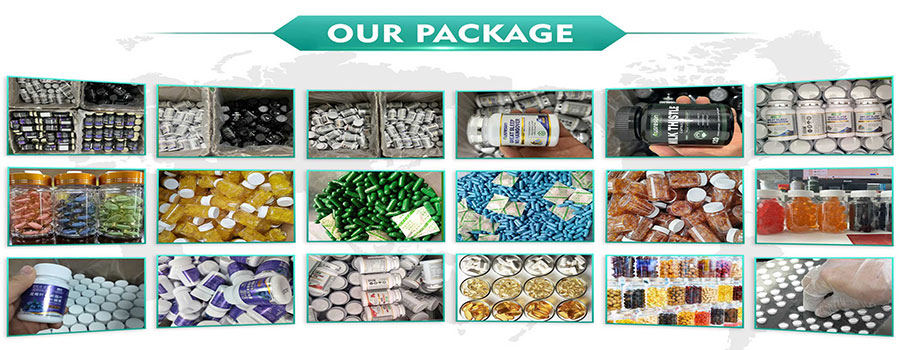





Related Attributes
Product details
Guanidine acetate, also known as guanidine acetate and N-amidino glycine, is an amino acid analogue and the only prerequisite for the synthesis of creatine in vertebrates. Creatine is mainly present in muscle cells and participates in the body's energy metabolism. It and creatine phosphate form the phosphocreatine system. When the body has excess ATP, creatine phosphate can store energy. When the body's ATP supply is insufficient, creatine phosphate can regenerate ATP. This supplementation does not require the participation of oxygen and is much faster than the energy supplement released directly by food oxidation. It can meet the energy needs of young animals for rapid muscle growth and emergency physiological conditions.
Uses of Guanidineacetic Acid.
Guanidine acetate is a precursor of creatine. Creatine phosphate, which contains high phosphate group transfer potential, is widely present in muscle and nerve tissue. It is the main energy supplier in animal muscle tissue and can be used as a food additive and organic synthesis intermediate.

Safety of Guanidineacetic Acid.
The use of guanidinoacetic acid has no significant effect on the enzyme expression profile of human liver and muscle, and the side effects caused by the use are also acceptable, such as weight gain, nausea, abdominal distension, muscle cramps, and abdominal pain. However, it is worth noting that in addition to increasing the serum creatinine content and the creatine content in muscle, the use of guanidinoacetic acid can also increase the homocysteine content in serum. This is because guanidinoacetic acid can also form S-adenosylhomocysteine when it is methylated to form creatine, and then it is hydrolyzed into cysteine and adenosine in the body. Since homocysteine in serum is an important indicator of atherosclerosis and cardiovascular disease in clinical practice, the intake of guanidinoacetic acid increases the homocysteine content in plasma, which can be considered as a side effect of guanidinoacetic acid.

Prodct Method of Guanidineacetic Acid.
S-ethylthiourea hydrobromide is generated by the reaction of thiourea and ethyl bromide, and then reacted with glycine to produce guanidine acetic acid. Mix thiourea, ethyl bromide and anhydrous ethanol, and warm in a water bath for 3 hours to dissolve the thiourea completely. Then evaporate the ethanol and excess ethyl bromide under reduced pressure, crystallize the residue, and dry it to obtain S-ethylthiourea hydrobromide.
Then add sodium hydroxide solution to the obtained S-ethylthiourea hydrobromide, cool it, and quickly add the hot solution of glycine and water. After crystallization, add ether and let it stand overnight. Cool the mixture in an ice bath for 2 hours and separate the ether layer. Filter by suction, wash with ice water, ethanol, and ether in turn, and dry it to obtain the finished product.
WHY CHOOES US?

OUR CERTIFICATE

CUSTOM PROCESS

OUR PACKAGE

OUR EXHIBITION

OUR FACTORY

Shipping

Pharmaceutical Intermediate manufacturers
©2022 Xi'an Henrikang Biotech Co., Ltd.,